Maurice Estève - Composition - Original Lithograph 1964 Dimensions: 30 x 20 cm Edition of 200 (one of the 200 on Vélin de Rives) Mourlot Press, 1964 Maurice Estève French painter born in Culan, Cher. He went to Paris in 1919 in the face of opposition from his father and took a variety of jobs, including designer for a furniture factory, while familiarizing himself with art in the Louvre. In 1923 he worked as draughtsman for a textile factory in Barcelona. On his return to Paris he studied at the Academie Colarossi and had his first exhibition at the Gal. Yvangot in 1930. During the 1930s he exhibited at the Salon des Surindependants and the Salon des Tuileries, selling his first picture in 1934 at a retrospective exhibition of French art in Gothenburg, Sweden. In 1937 he collaborated with Robert DELAUNAY on decorations for the Air and Railways pavilions at the Exposition Universelle. He was represented in the epoch-making exhibition 'Jeunes Peintres de la Tradition Francaise' in 1941 and from that time he exhibited at the Salon d'Automne. During the 1930s his style evolved in a manner akin to that of PIGNON. In his early days in Paris he planted the seeds of an enthusiasm for the Cezanne of Les Joueurs de cartes, as became manifest in his Les Partie de cartes and Canape Bleu of 1935. To this was added an influence from the post-cubist manner of PICASSO and BRAQUE, with both of whom he had a basic affinity as manifested in his Cantate de Bach of 1938. He gradually developed towards a colorful abstraction of semi-geometrical forms based upon the figure compositions, interiors and still-lifes which had been his principal subjects from the early 1930s. By the 1950s he was recognized as an outstanding representative of the school of TACHISM whose members derived their abstractions from natural appearances in the manner taught by Roger BISSIERE. His color remained always both subtle and bold. His reputation grew internationally and in 1956 he was given a one-man show in Copenhagen, in 1961 a retrospective at the Kunsthalle, Dusseldorf.
Maurice Estève - Composizione - Litografia originale 1964 Dimensioni: 30 x 20 cm Edizione di 200 (una delle 200 su Vélin de Rives) Mourlot Press, 1964 Maurice Estève Pittore francese nato a Culan, Cher. Andò a Parigi nel 1919 di fronte all'opposizione di suo padre e fece diversi lavori, tra cui il designer per una fabbrica di mobili, mentre si familiarizzava con l'arte al Louvre. Nel 1923 lavorò come disegnatore per una fabbrica tessile a Barcellona. Al suo ritorno a Parigi studiò all'Academie Colarossi e fece la sua prima mostra al Gal. Yvangot nel 1930. Durante gli anni '30 espose al Salon des Surindependants e al Salon des Tuileries, vendendo il suo primo quadro nel 1934 ad una mostra retrospettiva di arte francese a Göteborg, in Svezia. Nel 1937 collabora con Robert DELAUNAY alle decorazioni dei padiglioni dell'Aria e delle Ferrovie all'Esposizione Universale. Fu rappresentato nella mostra epocale "Jeunes Peintres de la Tradition Francaise" nel 1941 e da quel momento espose al Salon d'Automne. Durante gli anni '30 il suo stile si evolve in modo simile a quello di PIGNON. Nei suoi primi giorni a Parigi piantò i semi di un entusiasmo per il Cézanne di Les Joueurs de cartes, come si manifestò nei suoi Les Partie de cartes e Canape Bleu del 1935. A questo si aggiunse l'influenza della maniera post-cubista di PICASSO e BRAQUE, con entrambi i quali ebbe un'affinità di base, come si manifesta nel suo Cantate de Bach del 1938. Gradualmente si sviluppò verso un'astrazione colorata di forme semi-geometriche basate sulle composizioni di figure, interni e nature morte che erano stati i suoi soggetti principali dai primi anni 30. Negli anni '50 fu riconosciuto come un rappresentante di spicco della scuola di TACHISMO i cui membri derivavano le loro astrazioni dalle apparenze naturali alla maniera insegnata da Roger BISSIERE. Il suo colore rimane sempre sottile e audace allo stesso tempo. La sua reputazione crebbe a livello internazionale e nel 1956 gli fu dedicata una mostra personale a Copenhagen, nel 1961 una retrospettiva alla Kunsthalle di Dusseldorf.
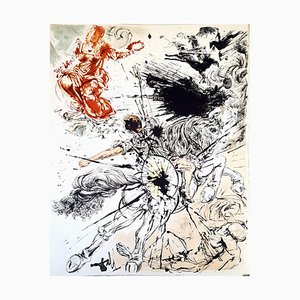
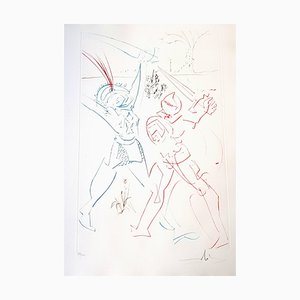
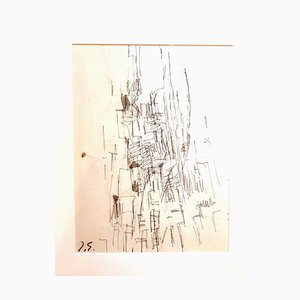
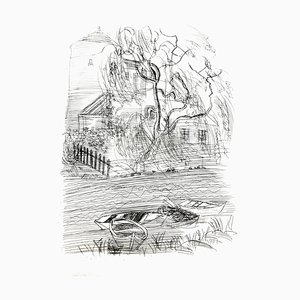
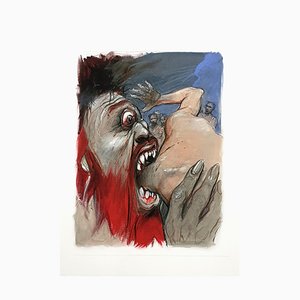
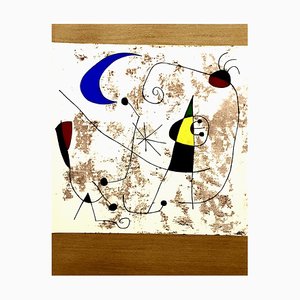

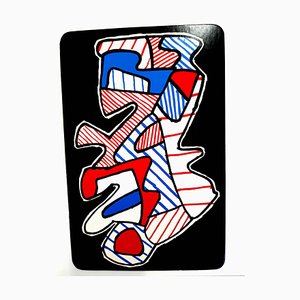
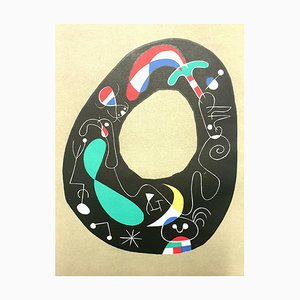
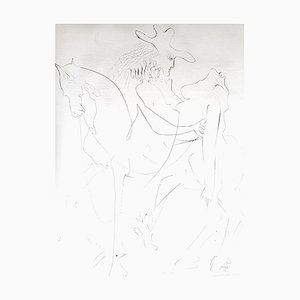
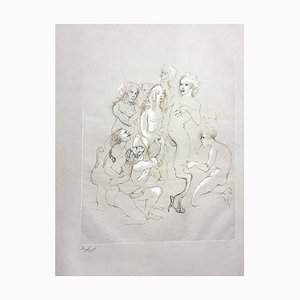
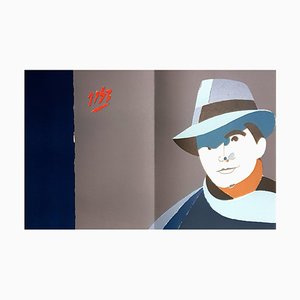

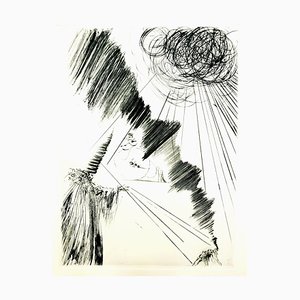
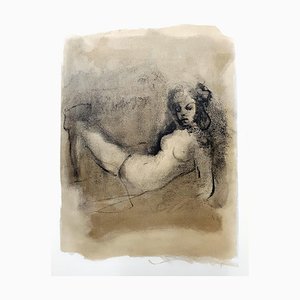
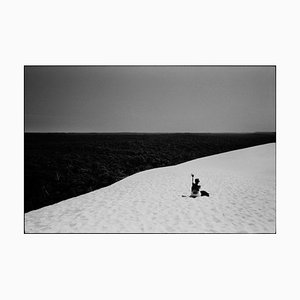


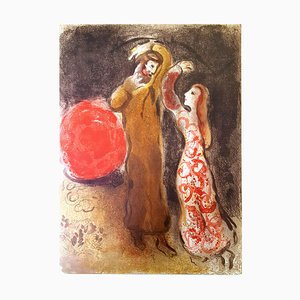
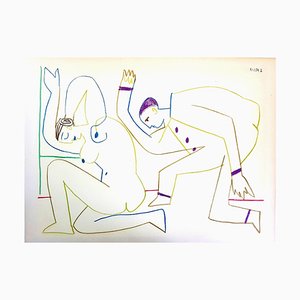
Contattaci
Fai un'offerta
Abbiamo notato che sei nuovo su Pamono!
Accetta i Termini e condizioni e l'Informativa sulla privacy
Contattaci
Fai un'offerta
Ci siamo quasi!
Per seguire la conversazione sulla piattaforma, si prega di completare la registrazione. Per procedere con la tua offerta sulla piattaforma, ti preghiamo di completare la registrazione.Successo
Grazie per la vostra richiesta, qualcuno del nostro team vi contatterà a breve.
Se sei un professionista del design, fai domanda qui per i vantaggi del Programma Commerciale di Pamono